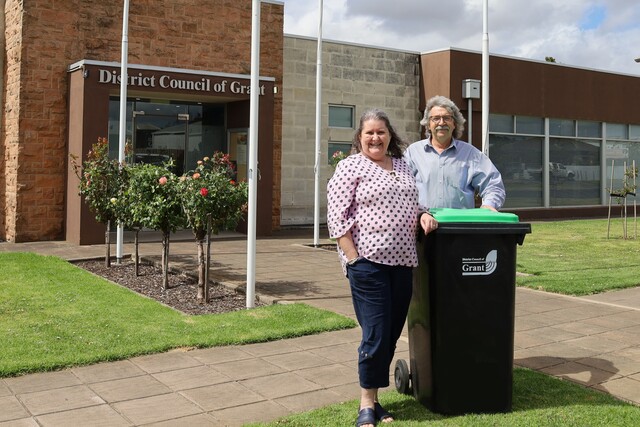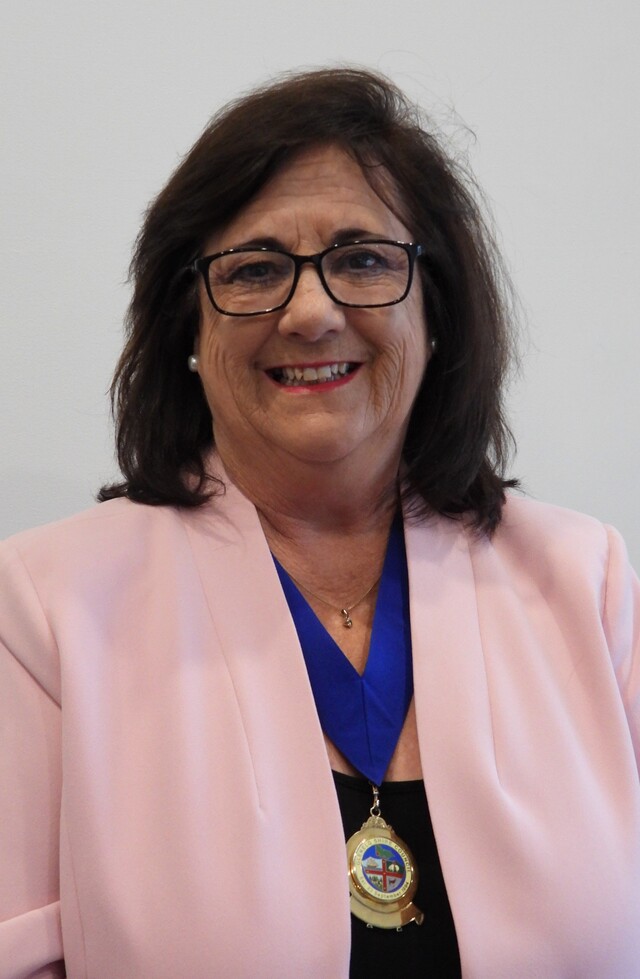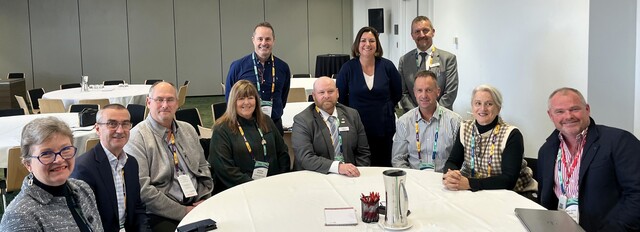The 2008 Municipal Association of Victoria (MAV) National Local Government Asset Management Conference added two new streams – drainage and water sensitive urban design; and transport, road design and skills shortage – to its program.
Joining forces with the Institute of Public Works Engineering Australia (Victoria) and supported by Engineers Australia and VicRoads, the two day event attracted some 350 delegates.
MAV President, Councillor Dick Gross, said the event now has a very well respected place on the Local Government calendar and partnering with IPWEA has given it even greater strength.
“Asset management and public works are now on the frontline of Local Government,” Councillor Gross said. “MAV has been proactive in developing a new approach to asset management through its STEP program, but we still have insufficient funds from the Federal Government. In the private sector, if an organisation can’t pay its bills, it is declared insolvent, but for Local Government all we can do is under repair our assets.”
In his address to the conference, Victorian Minister for Roads and Ports, Tim Pallas, said that successful countries are built on planning for where you need to be in the future and asset management is key to this.
“Retrofitting infrastructure is extremely expensive,” the Minister said. “This is why forward planning for new communities is so vital.”
CEO of the MAV, Rob Spence, told delegates that 2008–2009 is going to be very different to the last ten years. He said this will present enormous opportunities for Local Government nationally.
“The previous Coalition Government was bypassing the Labor States and going directly to Local Government,” Rob Spence said. “Local Government was also in a really good position with various key Ministers. Added to this was the booming domestic and international economies.”
He said that in 2008, with the new Rudd Government, there is a much closer working relationship with the States through the Council of Australian Governments (COAG).
“COAG is now the driver for policy but there are huge opportunities from the recently announced formation of the Council of Australian Local Government, with Constitutional recognition being back on the agenda and the final report from the Productivity Commission’s Inquiry into Local Government Funding.”
However, Rob Spence said that the likelihood of a US recession, inflationary pressures and actions of the Reserve Bank to slow our economy point to a tough budget. He said a speech last year by Treasury Head, Ken Henry, provides some indication of what lies ahead and how Local Government should proceed.
“Ken Henry said that Australia must raise its productive capacity to meet demands,” Rob Spence said. “Budget monies must be channelled into productive areas rather than fluffy, pork barrelling programs.”
Rob Spence said that these productive areas are likely to be infrastructure programs and this is the very area in which Local Government operates.
“Funding application for infrastructure projects that will grow productive capacity and support more people getting into the workforce are likely to be viewed favourably by the Federal Government,” he said.
Rob Spence said at the same time Local Government needs to fully understand the extent of financial challenges facing the sector.
“State by State there is a different level of understanding and data collection,” he said. “We must ensure that one message is being argued to the other spheres of government. Additionally, as a priority we must align our engineering and finance management systems.”







